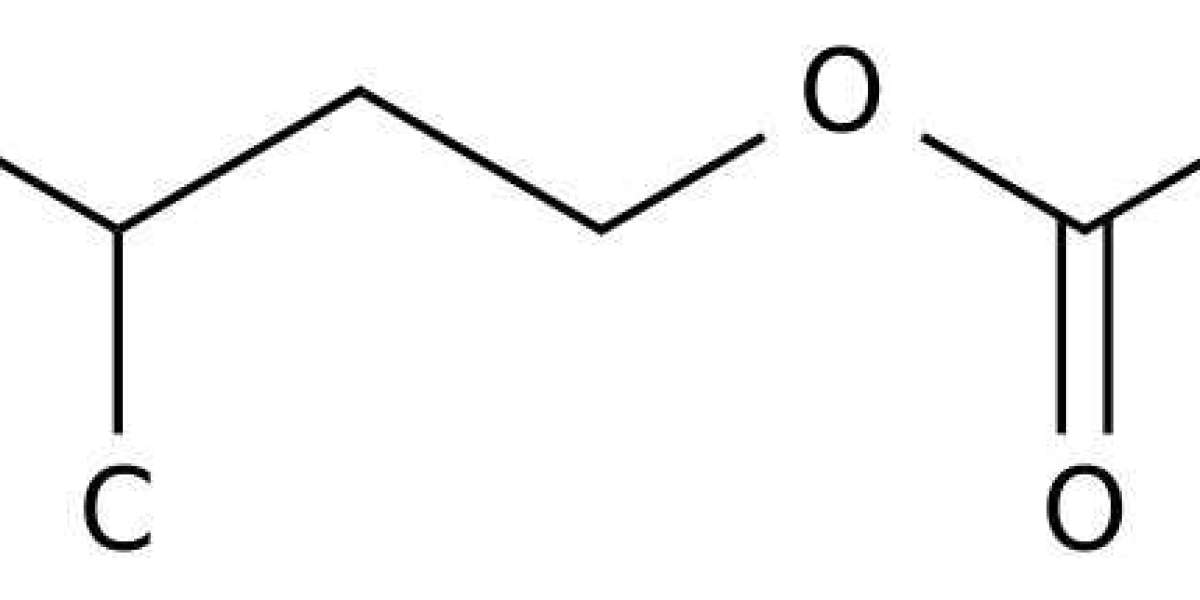Geosmin is an odorant produced by bacteria in moist soil. It has been found to be extraordinarily relevant to some insects, but the reasons for this are not yet fully understood. Here we report the first tests of the effect of geosmin on honey bees. A stinging assay showed that the defensive behaviour elicited by the bee’s alarm pheromone component isopentyl acetate is strongly suppressed by geosmin. Surprisingly, the suppression is, however, only present at very low geosmin concentrations, and disappears at higher concentrations. We investigated the underlying mechanisms at the level of the olfactory receptor neurons by means of electroantennography, finding the responses to mixtures of geosmin and IAA to be lower than to pure IAA, suggesting an interaction of both compounds at the olfactory receptor level. Calcium imaging of the antennal lobe (AL) revealed that neuronal responses to geosmin decreased with increasing concentration, correlating well with the observed behaviour. Computational modelling of odour transduction and coding in the AL suggests that a broader activation of olfactory receptor types by geosmin in combination with lateral inhibition could lead to the observed non-monotonic increasing–decreasing responses to geosmin and thus underlie the specificity of the behavioural response to low geosmin concentrations.
The stinging behaviour of a dyad of bees towards a black rotating dummy, presented inside an arena was monitored under the exposure to different odour stimuli. In a control group, bees were exposed to pure mineral oil. In this group, in 15% of the trials, at least one of the two bees showed stinging behaviour against the dummy. If bees were exposed to geosmin within the arena, no effect on the frequency of stinging behaviour was observable. If instead bees were exposed to isopentyl acetate (IAA, at a concentration of 10–1), an active compound of the bees’ alarm pheromone21, the stinging behaviour increased significantly to 50% stinging (t(47) = 3.3, p = 0.002) as expected.
All odours were obtained from Sigma-Aldrich (98–99.9% purity) and were stored at 4 °C. They were diluted in mineral oil at the start of the experimental period and kept for the whole length of the behavioural experiment. When not in use these odours were sealed and stored at room temperature. The main component of the sting alarm pheromone, isopentyl acetate was diluted to 10–1 (vol/vol) as in previous studies19,59. The concentrations of 10–3 and 10–6 were chosen for geosmin as these were shown to elicit behavioural responses in fruit flies8 and mosquitoes10.
Seven mineral oil solutions of either Geosmin (Geo) at concentrations 10–6, 10–5, 10–4, 10–3 vol/vol, Isoamyl Acetate at concentrations 10–3, 10–1 vol/vol, or pure mineral oil (control) were prepared. Olfactometer glass vials were filled with these solutions. The stimulation protocol for each bee consisted of presenting each odour and a combination of odours in ascending order of concentrations.








